In hindsight, it seems obvious that the unprecedented population boom and associated socio-economic trends of the Great Acceleration would place enormous strain on our planet’s resources. And that’s exactly what Johan Rockstrom and a group of internationally renowned scientists identified in 2009. They came up with a set of planetary boundaries – nine environmental parameters within which humanity can develop and thrive for generations to come, so long as they are not exceeded.
These planetary boundaries are: 1. climate change, 2. ocean acidification, 3. chemical pollution, 4. fertilizer use, 5. freshwater withdrawals, 6. land conversion, 7. biodiversity loss, 8. air pollution and 9. ozone layer depletion.
In an Oxfam discussion paper of 2012 called A Safe and Just Space for Humanity, Kate Raworth combined the concept of these planetary boundaries with a complementary concept of social boundaries – 1. food, 2. health, 3. education, 4. income and work, 5. peace and justice, 6. political voice, 7. social equity, 8. gender equality, 9. housing, 10. energy and 11. water – bringing them into a single framework as shown in Figure 6.
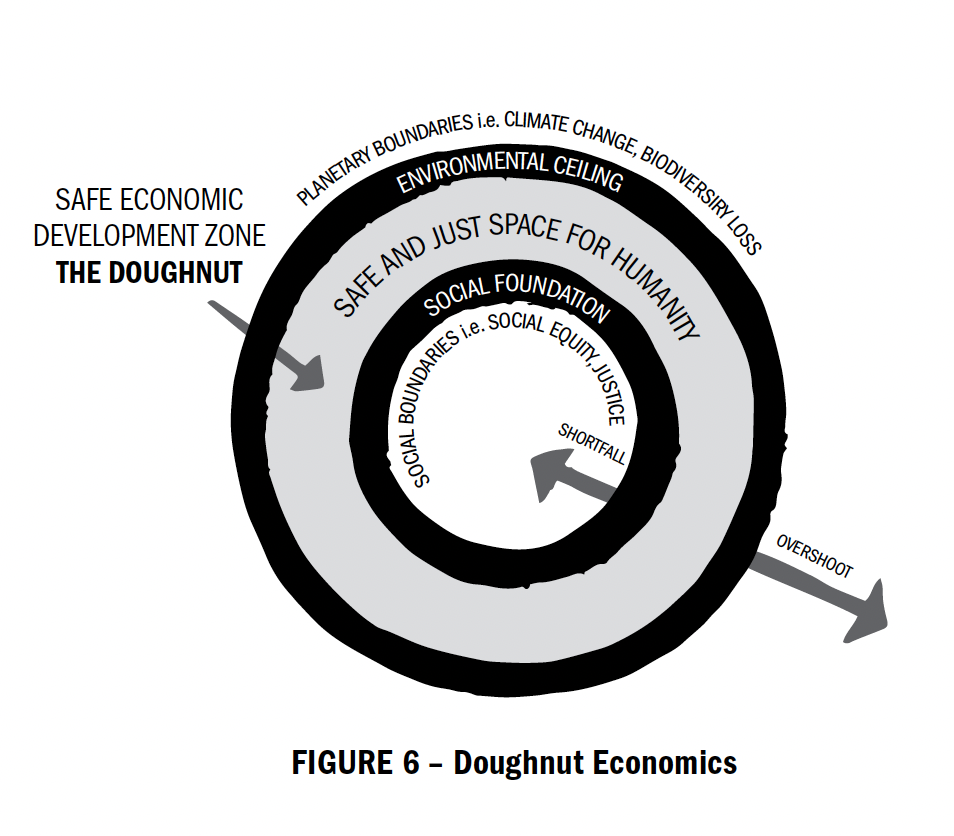
In this framework, the social foundation forms the inner circle and the environmental ceiling forms an outer boundary. Between the two boundaries lies an area – shaped like a doughnut – that represents an environmentally safe and socially just space in which humanity can thrive. It is also the space in which sustainable economic development can take place – hence the term doughnut economics.
It’s sad to report that at the time of writing, we are overshooting the environmental ceiling in a number of areas including – crucially – biodiversity loss and climate change. Plus, we are seeing shortfalls in many of our fundamental social foundations, such as political voice, peace and justice, and social equity.
For long-term stability and sustainability, we need to bring these back into the safe economic development zone: the doughnut.
In 2015, our global governments showed their understanding of this complex interrelationship between the planet and society through the adoption of the United Nations 2030 Agenda for Sustainable Development – a shared blueprint
for peace and prosperity for people and the planet, now and into the future. At its heart are the 17 Sustainable Development Goals (SDGs), which are an urgent call for action by all countries.
The 17 SDGs (Figure 7) recognize that ending poverty and other deprivations must go hand in hand with strategies that improve health and education, reduce inequality and spur economic growth – all while tackling climate change and working to preserve our oceans and forests.
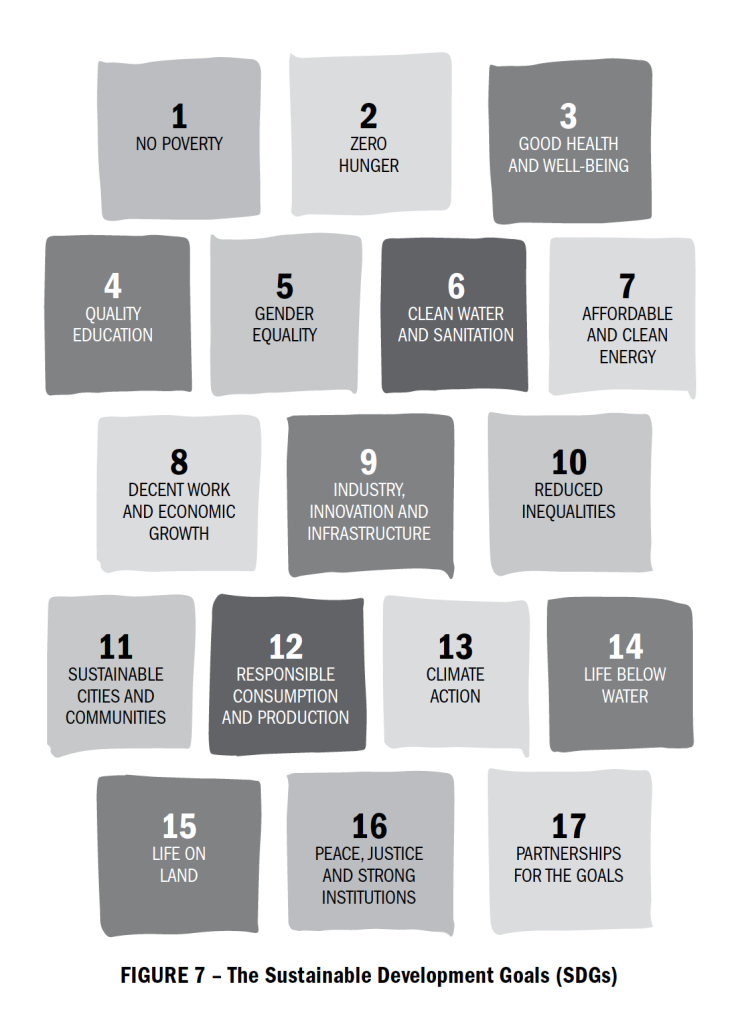
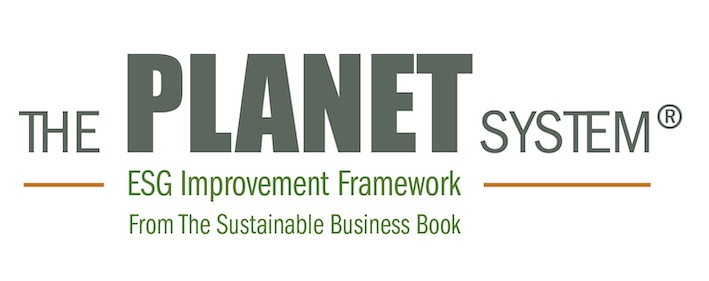
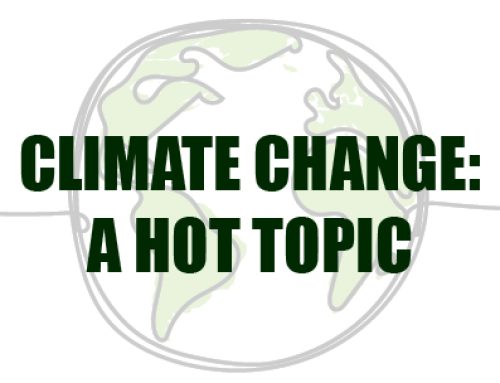
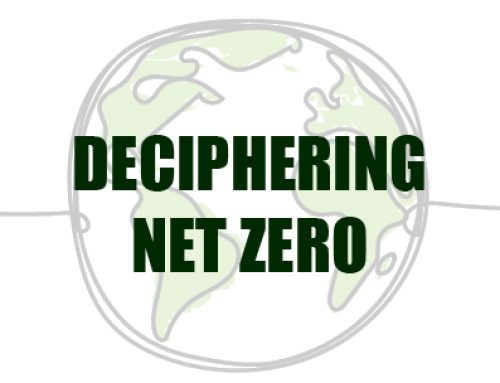


Leave A Comment
You must be logged in to post a comment.